Bratislava, often overshadowed by its European counterparts, exudes a unique allure. Its compact size allows for an intimate experience, where every corner holds a story waiting to be uncovered. The city effortlessly marries its rich history with a vibrant, modern atmosphere, making it an ideal destination for both history buffs and contemporary explorers. Wandering through the Old Town, you’ll find Gothic, Baroque, and Art Nouveau buildings standing side by side, a testament to the city’s diverse architectural heritage. Each facade whispers tales of a bygone era, while the lively cafes and boutiques that line the streets offer a taste of Bratislava’s thriving present.
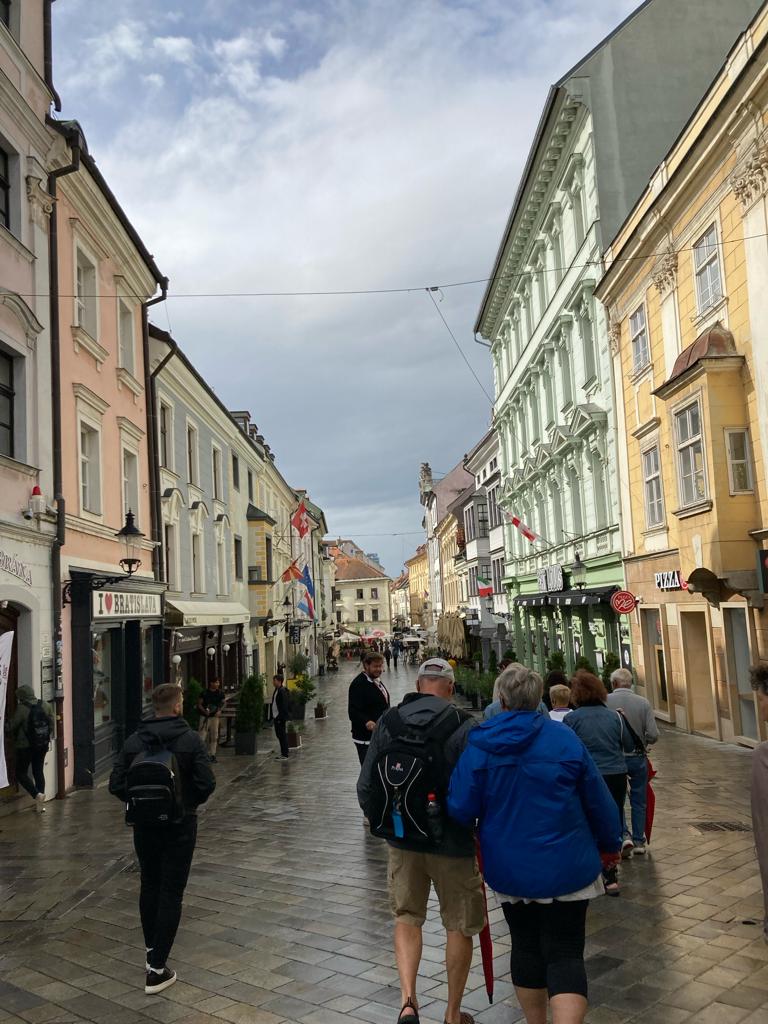
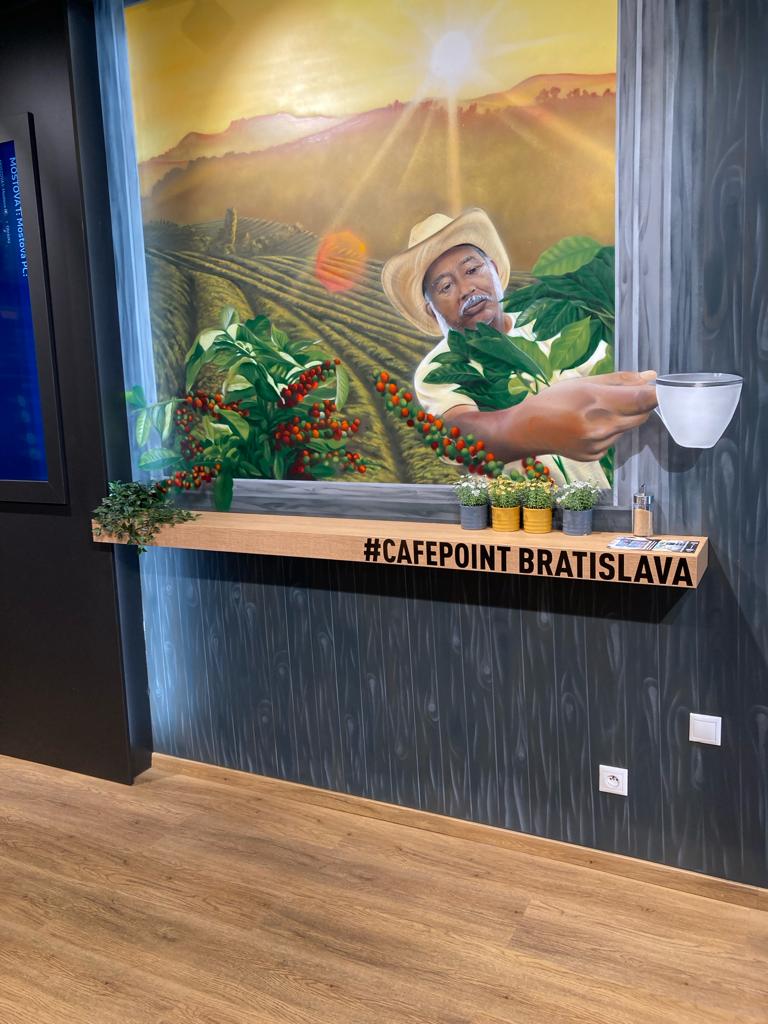
A Glimpse into Slovakian History
As you navigate the cobbled alleys and bustling squares of Bratislava, you embark on a journey through the annals of a nation forged in the crucible of time. Slovakia, a land with roots that delve deep into the heart of Central Europe, emerged as an independent state in 1993, following the dissolution of Czechoslovakia. Nestled snugly between Austria, Hungary, Poland, and Ukraine, Slovakia’s strategic location has shaped its tumultuous history. Slovakia’s historical narrative is one of unyielding resilience. Once an integral part of the sprawling Austro-Hungarian Empire, the nation yearned for its own voice. With the dismantling of empires and the redrawing of borders after World War I, Slovakia found itself a part of the newly formed Czechoslovakia. This union, however, did not fully quell the aspirations of a distinct Slovak identity. In Bratislava, history is not confined to the pages of textbooks; it’s etched into the very stones that pave the city’s thoroughfares. The towering Bratislava Castle, standing sentinel on a hill overlooking the Danube, has borne witness to centuries of dynasties and shifting allegiances. Its walls resonate with the echoes of kings, emperors, and revolutionaries, a silent witness to the ebb and flow of power. The Slavín War Memorial, a solemn bastion overlooking the city, stands as a testament to the courage and sacrifice of those who fought in World War II. Here, beneath the watchful gaze of the bronze soldier, heroes rest in eternal repose. The air is laden with a sense of reverence, a poignant reminder of the indomitable spirit that courses through the veins of the Slovakian people. Museums in Bratislava are not mere repositories of artifacts; they are living chronicles of a nation’s journey. The Slovak National Museum, with its vast collection spanning from archaeological treasures to modern art, offers a panoramic view of Slovak heritage. The Museum of City History, nestled within the walls of the Old Town Hall, unravels the stories of Bratislava’s evolution through the ages, painting a vivid portrait of the city’s vibrant past. As you explore these historical bastions, you’ll feel the pulse of a nation that has weathered storms and emerged stronger, its identity forged in the crucible of time. The very air seems to resonate with the whispers of a bygone era, inviting you to step into the shoes of those who walked these streets before you. Bratislava is not just a city; it’s a living testament to the resilience, spirit, and indomitable will of a nation that has carved its own destiny
Landmarks that Leave an Impression
Fountain of St. George. Positioned prominently in the heart of Bratislava’s historic center, the Fountain of St. George is a remarkable testament to the city’s medieval origins. This awe-inspiring sculptural marvel, crafted by the skilled hands of renowned artisans during the late 19th century, stands as a resplendent representation of Bratislava’s rich artistic heritage.
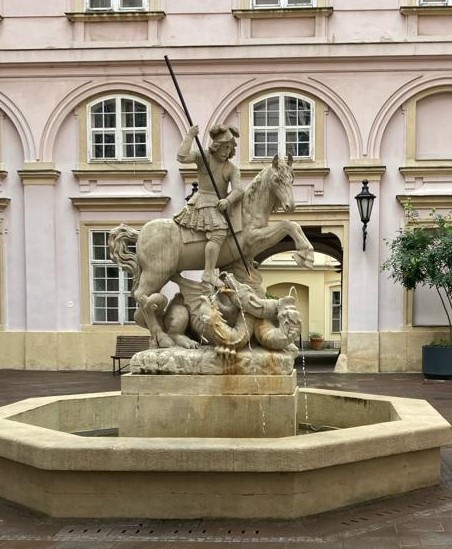
Commissioned in 1888 by the prominent Slovakian architect and sculptor, Juraj Mates, the fountain serves as a homage to the age-old legend of St. George, the valiant dragon-slayer. Mates, with an astute eye for detail and a profound appreciation for tradition, envisioned a masterpiece that would encapsulate the spirit of chivalry and heroism. The fountain’s exquisite craftsmanship is nothing short of a triumph. Intricate detailing breathes life into the scene—a gallant St. George, astride a steed, poised to vanquish the formidable dragon. The careful manipulation of bronze results in a work of art that exudes a sense of motion and dynamism. As sunlight dances upon the surface, shadows playfully reveal the texture of armor and the undulating muscles of horse and rider alike. Beyond its aesthetic allure, the Fountain of St. George holds a significant place in Bratislava’s cultural tapestry. It stands as a symbol of the enduring fascination with legendary tales of valor, reflecting a time when knights and their noble quests were sources of inspiration and admiration. The monument, though crafted in a later era, effortlessly transports observers back to a bygone age, evoking a palpable sense of the medieval world. In the decades that followed, the fountain has borne witness to Bratislava’s transformation. Its location in the heart of the city means it has witnessed the passage of history, from the waning days of the Austro-Hungarian Empire to the emergence of modern Slovakia. Today, it remains an enduring emblem of the city’s storied past, a beacon that beckons visitors to immerse themselves in the legacy of Bratislava.
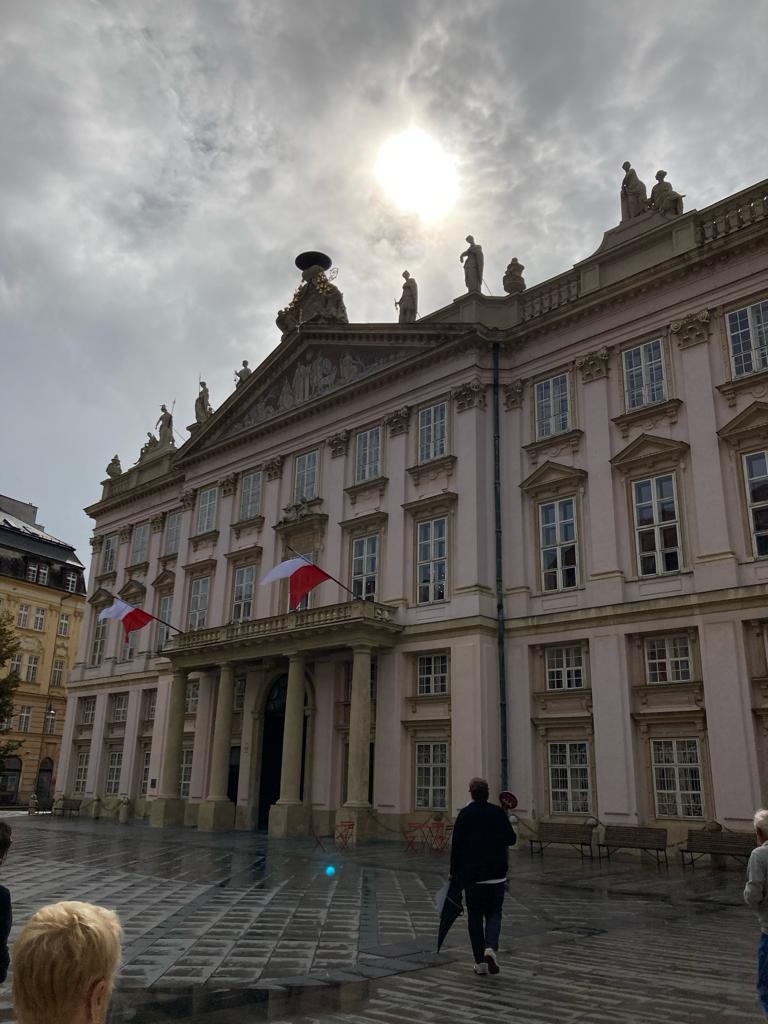
The Primate’s Palace. The Primate’s Palace, located in Bratislava, Slovakia, is a remarkable architectural treasure that invites visitors on a captivating journey through history. Its Baroque magnificence, characterized by a graceful façade adorned with intricate stucco decorations and statues, along with opulent interiors featuring frescoes, chandeliers, and period furniture, stands as a testament to the city’s enduring historical significance. This splendid edifice, commissioned by Archbishop József Batthyány as his official residence, was constructed between 1778 and 1781 under the architectural guidance of Melchior Hefele, drawing influence from the renowned Viennese architect Johann Lucas von Hildebrandt. The Primate’s Palace witnessed a pivotal moment in European history with the signing of the Treaty of Pressburg on December 26, 1805, in its Hall of Mirrors. This treaty marked the triumph of Napoleon Bonaparte’s French forces over the Austro-Russian coalition, reshaping the political landscape of the continent. Today, meticulously preserved and open to the public, the Primate’s Palace serves as a museum, offering a profound glimpse into Bratislava’s rich history and architectural grandeur, thereby serving as a cultural beacon for both local inhabitants and visitors from around the world.
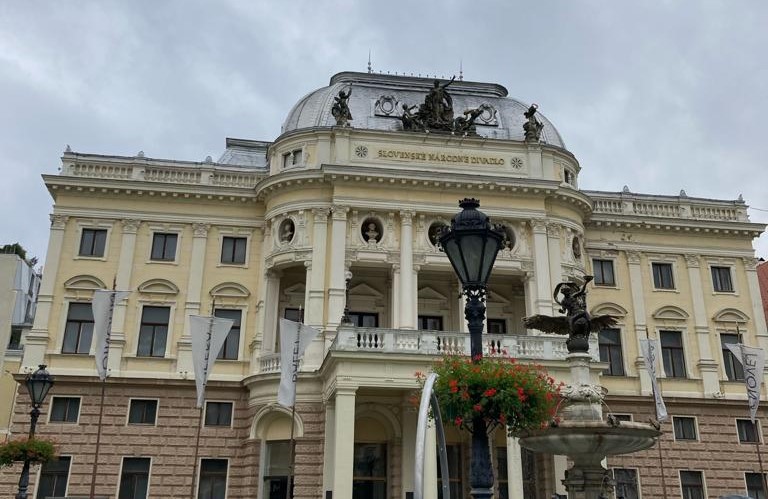
The National Theater in Bratislava, Slovakia, an architectural marvel, dominates the skyline with its Neo-Renaissance grandeur. Designed by the distinguished Viennese architects Ferdinand Fellner and Hermann Helmer, it was built between 1884 and 1886. The Neo-Renaissance style, characterized by its meticulous attention to detail and a revival of classical elements, lends the theater an air of timeless elegance. Hosting an array of captivating performances, from opera to drama, ballet to concerts, this cultural hub is a living testament to Bratislava’s artistic soul. Beyond its aesthetic allure, the National Theater carries profound significance for the city’s cultural identity, having served as a stage for countless world-class productions and as a beacon for fostering artistic expression and appreciation within the community. It stands as a monument to the enduring power of the arts to inspire and unite.
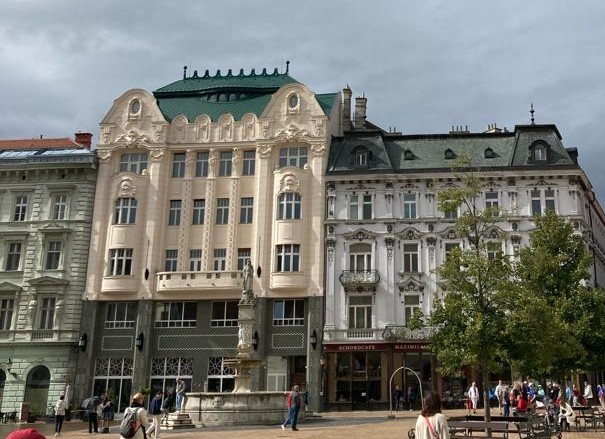
The Palace of the Hungarian Discount and Exchange Bank, an architectural gem, graces Bratislava’s skyline with its distinguished Neo-Baroque elegance. Designed by the eminent architect Ödön Lechner, renowned for his pioneering work in Hungarian Secessionist architecture, this opulent structure was constructed in the early 20th century. Its Neo-Baroque style, characterized by lavish ornamentation and a harmonious blend of classical elements, imparts an air of timeless grandeur to the edifice.
This historic palace has witnessed a rich tapestry of financial transactions and played a pivotal role in Bratislava’s economic landscape. Its halls once bustled with the bustling activity of banking and commerce, emblematic of the city’s economic vigor during its heyday. Today, although the palace no longer functions as a bank, it stands as a poignant reminder of Bratislava’s financial heritage and the enduring legacy of its economic institutions.
Situated at the crossroads of Sedlárska and Rybárska brána Streets, the palace’s strategic location further underscores its historical significance. This prime position in the heart of the city has made it a prominent landmark, serving as a touchstone for both locals and visitors exploring Bratislava’s rich cultural and architectural heritage. As with many architectural treasures, the Palace of the Hungarian Discount and Exchange Bank is not without its own tales and legends. Its walls seem to whisper stories of prosperity and financial dealings of a bygone era, adding an extra layer of intrigue to this already captivating structure. In essence, this palace stands not only as a testament to the city’s economic past but also as a beacon of architectural splendor, inviting all who encounter it to appreciate the grandeur of Bratislava’s history.
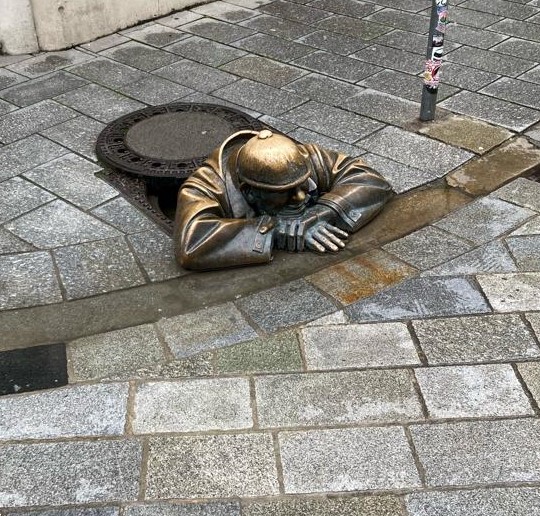
Bratislava’s legend – Čumil. Crafted by the skilled hands of sculptor Viktor Hulík, the bronze figure known as Čumil is a captivating fixture in Bratislava’s urban tableau. Emerging from a manhole, this enigmatic character captures a moment frozen in time, his intent either a well-earned respite from the rigors of sewer cleaning or a mischievous glance at the world above. This delightful ambiguity sparks conversations and contemplations among passersby. Despite his whimsical charm, Čumil has faced a few unexpected mishaps. On two occasions, his head met untimely separation from his body due to inattentive drivers navigating the bustling streets. To forestall future incidents, a unique road sign now stands sentinel next to this beloved piece of art, a gentle reminder to exercise caution in his presence.
Since his installation in 1997, Čumil has claimed a central spot in the heart of our Old Town. You’ll find him nestled near the corner of Laurinská and Panská Street, a sentinel of our city’s history and character. Beyond his aesthetic appeal, a captivating tale swirls around this man emerging from the depths. Local lore holds that a secret wish will be granted to those who dare to touch Čumil’s head, adding an air of mystique to this already intriguing figure and inviting individuals to partake in a touch of local folklore. In this way, Čumil transcends mere sculpture; he is a living, breathing part of Bratislava’s cultural narrative. His presence, whether as a source of amusement, contemplation, or as a vessel for secret wishes, weaves itself into the very fabric of our city, making Čumil an enduring icon of Bratislava’s vibrant spirit.
Bratislava, a city adorned with countless landmarks and hidden gems, offers a treasure trove of experiences waiting to be uncovered. In the span of our discussion, we’ve only scratched the surface of what this captivating city has to offer. To truly grasp its rich tapestry of history and architecture, one would need a week to immerse themselves fully. So, dear traveler, it’s time to pack your bags and embark on a journey that promises to leave an indelible mark on your soul.
As you wander through Bratislava’s enchanting streets, each cobblestone whispers tales of days gone by, weaving the city’s past into every step you take. The landmarks, each a living testament to a different epoch, stand as witnesses to the passage of time. From the grandeur of the Palace of the Hungarian Discount and Exchange Bank to the whimsical allure of Čumil peeping from the manhole, Bratislava’s treasures are as diverse as they are captivating. Bratislava extends an invitation to traverse its history-laden avenues, promising an experience that will resonate deep within your being. Allow yourself to be bewitched by the charms of a city that has the power to steal your heart. Your adventure in Bratislava awaits, ready to unfold a tapestry of memories and discoveries that will linger long after you depart.
Explore the Enchanting Charms of Bratislava!, Uncover Slovakia’s Rich History and Architectural Marvels, Immerse Yourself in Central European Heritage, D iscover Hidden Gems Along the Danube River, Step into a City Steeped in Dynastic Legacies, From Gothic to Baroque: Diverse Architectural Wonders Await,
Journey Through Slovakia’s Struggle for Independence, Savor the Vibrant Blend of Old Town Charm and Modern Spirit, Visit the Slavín War Memorial and Honor WWII Heroes, Bratislava Castle: A Towering Beacon of Centuries Past, Experience the Cultural Tapestry of the Slovakian Capital, Marvel at the Fountain of St. George: A Sculptural Masterpiece, Trace the Footsteps of Slovakian Independence at Museums, Stand in Awe of the Primacial Palace’s Timeless Elegance, The National Theater: Where Art and History Converge, Nový Most Bridge: A Modern Architectural Marvel, Pay Homage to Heroes at the Watcher Statue, Embark on a Timeless Journey through Bratislava’s Streets, Discover the Resilience of Slovakia’s Rich Cultural Heritage, Plan Your European Adventure: Bratislava Beckons!, Unearth the Stories Behind Each Cobblestone Street, Dive into Slovakia’s Storied Past and Independence Struggles,






